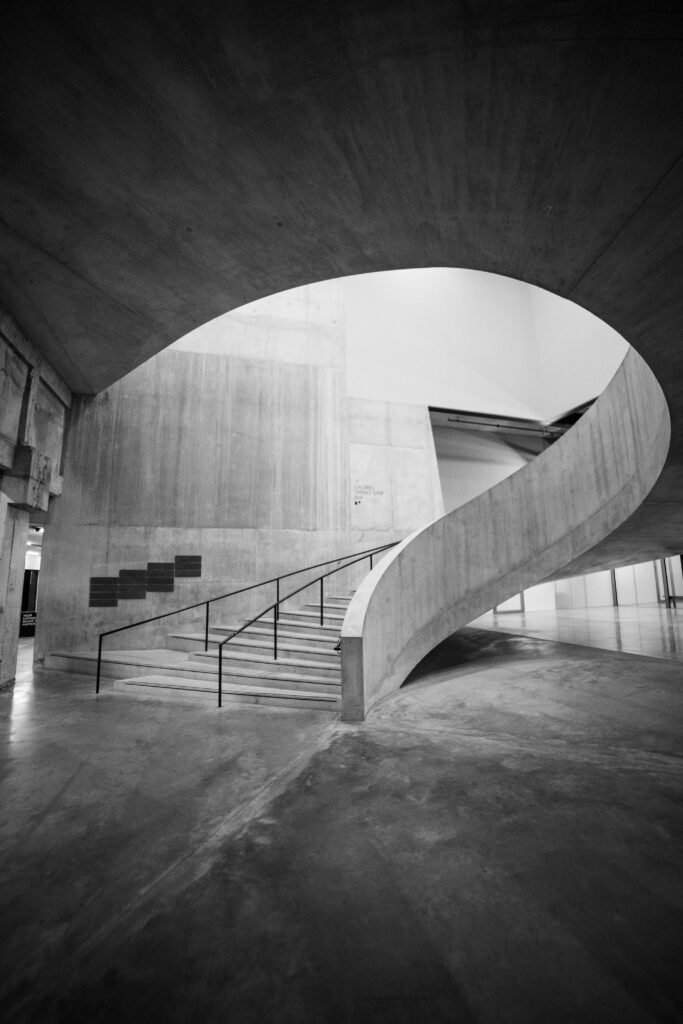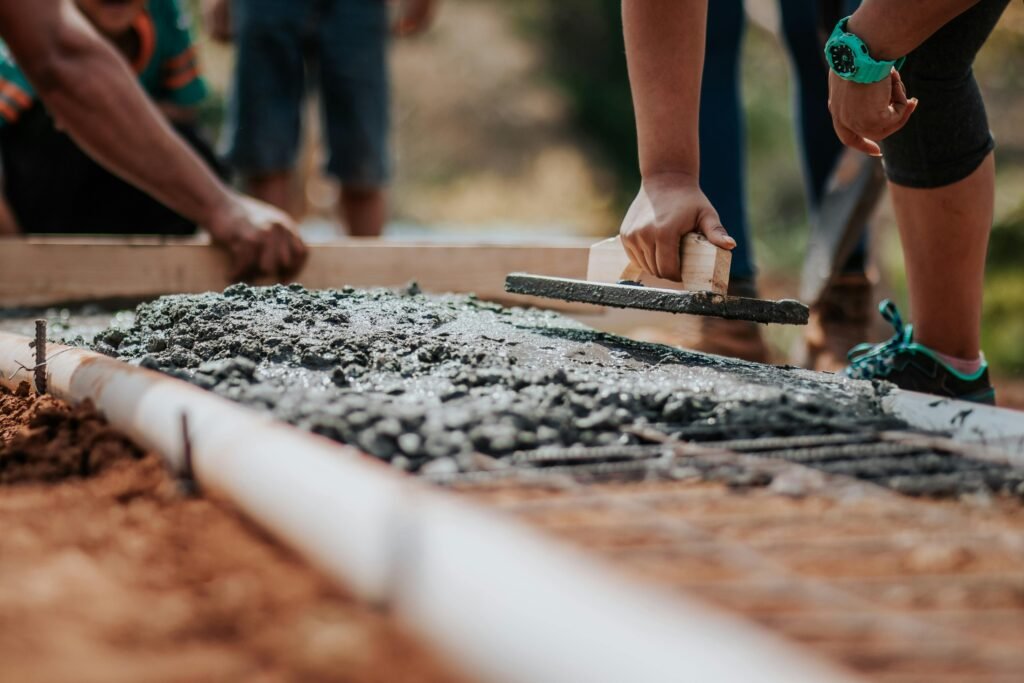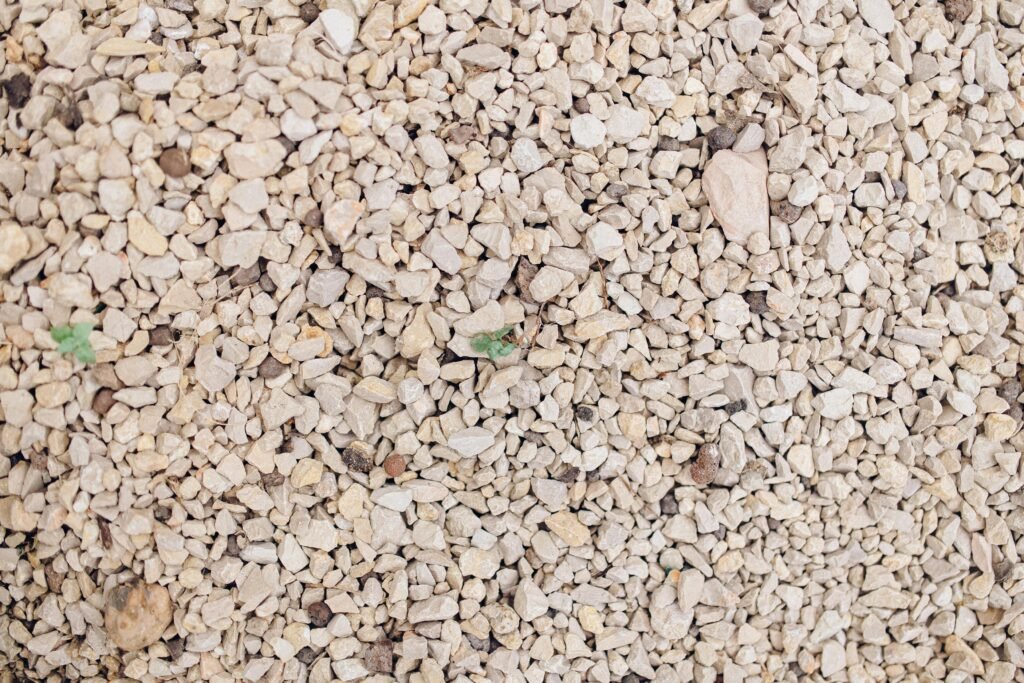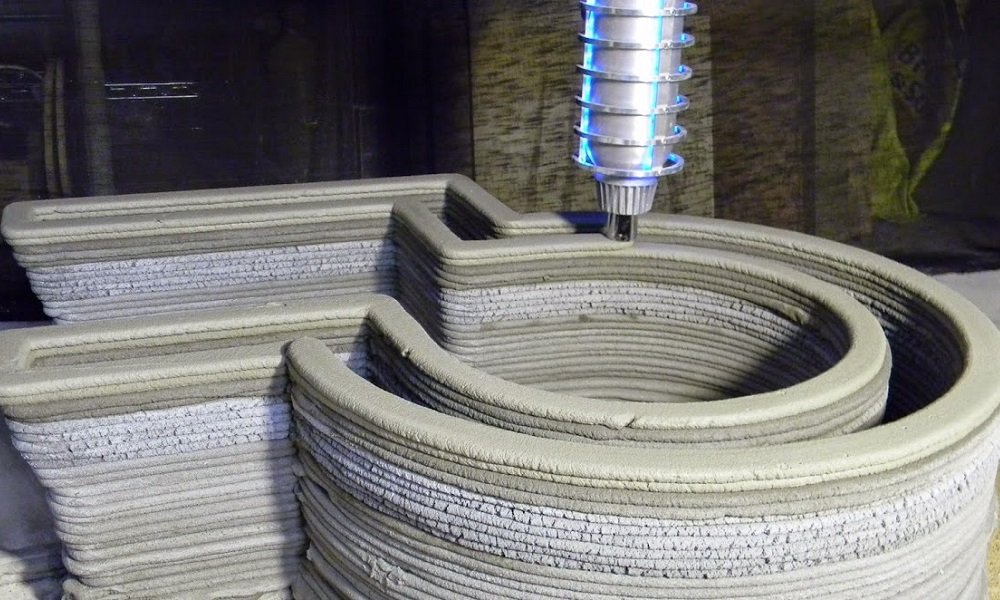
Concrete is one of the most essential and widely used construction materials in the world. From ancient Roman structures to modern skyscrapers, it has played a crucial role in shaping our built environment. Known for its strength, durability, and versatility, concrete remains a preferred choice in both residential and industrial construction.
1. What is Concrete?
Concrete is a composite material made up of three primary components:
- Cement (usually Portland cement)
- Aggregates (sand, gravel, or crushed stone)
- Water
When water is mixed with cement, a chemical reaction called hydration occurs, forming a paste that binds the aggregates together and hardens over time into a solid mass.

2. Components of Concrete
a. Cement
Cement is the binding material in concrete. It reacts chemically with water to form a hard structure. The most common type is Portland cement, which contains compounds like calcium silicates and aluminates.

b. Aggregates
Aggregates give concrete its bulk and help it resist compression. They typically make up about 60–80% of the concrete volume. Fine aggregates (like sand) fill voids between coarse aggregates (like gravel or crushed stone).

c. Water
Water initiates the chemical process of hydration. The water-to-cement ratio (w/c ratio) is crucial for determining the concrete’s strength and durability.
3. Types of Concrete
a. Normal Strength Concrete
Made with a basic mix of cement, water, and aggregates. Used in simple construction like pavements and driveways.
b. High-Strength Concrete
Contains less water and more cement or additives to achieve higher compressive strength, often used in high-rise buildings.
c. Ready-Mix Concrete
Mixed in a batching plant and transported to the site. Ensures quality and reduces on-site labor.
d. Reinforced Concrete (RC)
Contains steel bars or mesh to improve tensile strength. Common in bridges, buildings, and foundations.
e. Precast Concrete
Cast in reusable molds off-site, then transported to the project site. Used in beams, slabs, and walls.
f. Lightweight Concrete
Uses lightweight aggregates like expanded clay or shale. Ideal for high-rise structures and insulation.
4. Properties of Concrete
- Compressive Strength: The ability to withstand loads that reduce size. Measured in MPa (megapascals).
- Durability: Resistant to weathering, chemicals, and abrasion.
- Workability: Ease of mixing, placing, and finishing.
- Tensile Strength: Naturally low, hence often reinforced.
- Curing Time: Typically gains most of its strength in 28 days.
- Thermal Mass: Absorbs and stores heat, providing energy efficiency.
5. Applications of Concrete
- Residential Buildings: Foundations, floors, walls, driveways
- Commercial & Industrial Structures: Warehouses, factories, shopping malls
- Infrastructure Projects: Roads, bridges, tunnels, dams
- Marine Construction: Ports, seawalls, offshore platforms
- Decorative Uses: Stamped concrete, colored concrete for walkways and patios
6. Advantages of Concrete
- High compressive strength
- Fire and water resistance
- Low maintenance cost
- Versatile and moldable
- Economical for large-scale use
- Locally available raw materials
7. Limitations of Concrete
- Weak in tension (needs reinforcement)
- Requires time for curing
- Susceptible to cracking due to shrinkage
- Heavy material (not ideal for some lightweight structures)
- Environmental concerns due to CO₂ emissions from cement production
8. Innovations in Concrete Technology
a. Self-Healing Concrete
Contains bacteria or capsules that activate when cracks appear, sealing them automatically.
b. Ultra-High Performance Concrete (UHPC)
Exhibits superior strength, ductility, and durability, ideal for demanding structures.
c. Green Concrete
Made with recycled or eco-friendly materials to reduce environmental impact.
d. 3D Printed Concrete
Used in modern architectural and construction applications for quick and efficient building methods.

9. Sustainability in Concrete
Efforts are being made globally to make concrete more sustainable, such as:
- Using fly ash or slag as cement replacements
- Recycling old concrete
- Developing carbon-negative concrete mixes
- Implementing energy-efficient curing processes
10. Conclusion
Concrete is much more than a building material—it’s the foundation of modern civilization. With new technologies improving its performance and sustainability, concrete will continue to shape the cities and infrastructure of tomorrow. Whether you’re an engineer, architect, builder, or student, understanding concrete is fundamental to building a better future.


